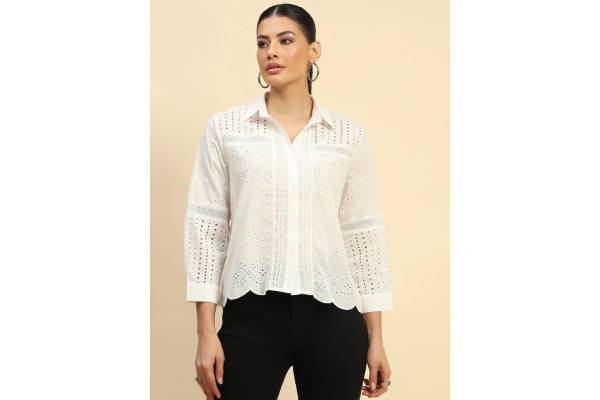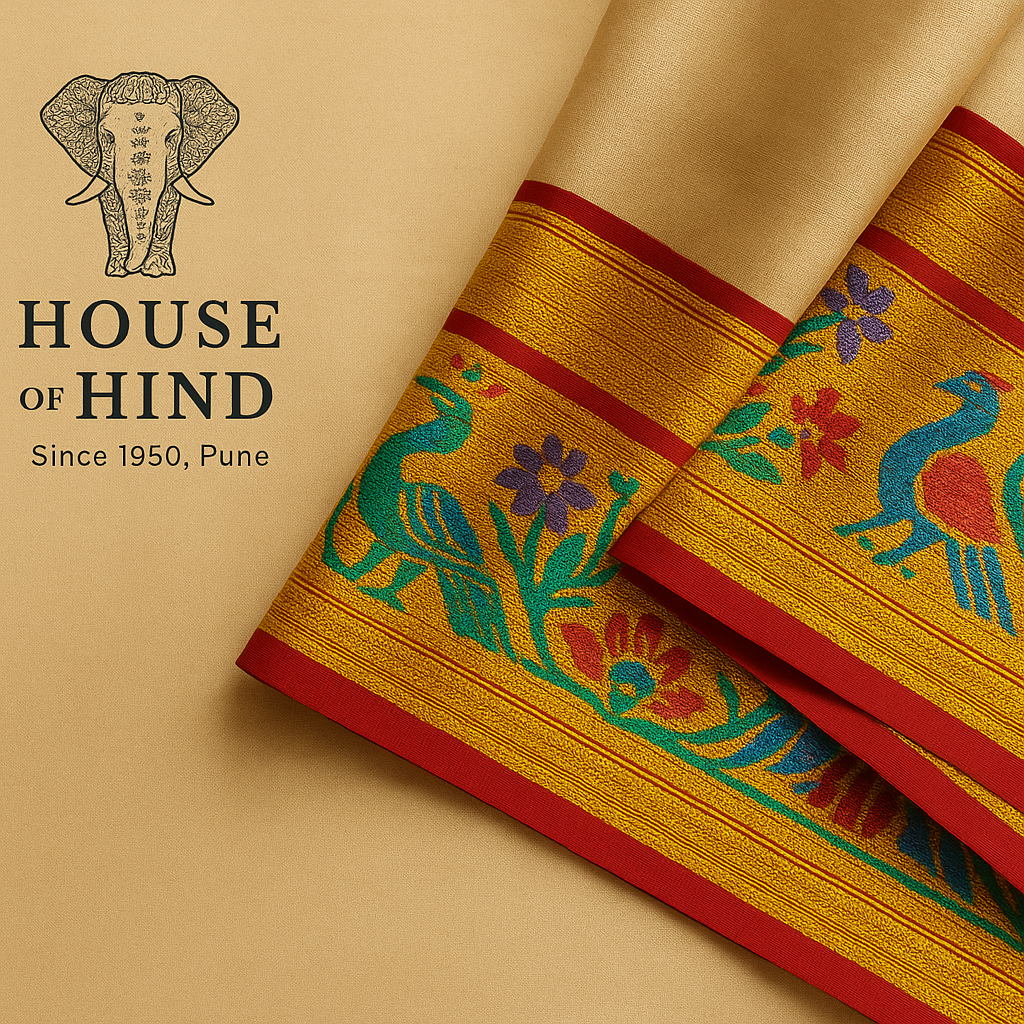A shirt is more than just a piece of clothing—it’s a symbol of style, comfort, and functionality that has stood the test of time. From formal wear to casual outings, the shirt has evolved in design and purpose, adapting to trends while remaining a staple in every wardrobe.
A Brief History of the Shirt
The origins of the shirt date back to ancient times, with evidence of similar garments worn by Egyptians and Romans. Initially used as an undergarment by men, the shirt gained prominence in the 19th century when it became an essential part of formal attire. By the 20th century, shirts were being produced in various styles, cuts, and fabrics, making them accessible to people across different social classes and professions.
Types of Shirts
Today, shirts come in many forms to suit different occasions:
- Dress Shirts – Typically worn with suits and ties, these are crisp, buttoned-up shirts ideal for business, events, or formal gatherings.
- Casual Shirts – These include flannel, denim, linen, and cotton shirts perfect for everyday wear.
- T-Shirts – Technically a type of shirt, T-shirts are collarless and made of soft fabric, offering ultimate comfort.
- Polo Shirts – Featuring a collar and short buttons, polo shirts balance between formal and casual.
- Printed & Graphic Shirts – Popular among youth, these express personality through designs, patterns, or logos.
Fabric and Fit
Shirts are made from a wide range of materials like cotton, linen, silk, polyester, and blends. Cotton remains the most preferred fabric due to its breathability and softness. Linen is ideal for warm climates, while polyester adds durability and wrinkle resistance.
The fit of a shirt plays a crucial role in defining the look:
- Slim Fit – Tighter around the chest and waist, offering a modern silhouette.
- Regular Fit – Balanced and comfortable, suitable for all body types.
- Loose Fit – Relaxed and laid-back, great for casual settings.
The Shirt in Fashion and Culture
Shirts have also played a significant role in shaping fashion trends and cultural movements. From the rebellious flannel shirts of the grunge era to the sleek white shirts of fashion icons like James Dean and Audrey Hepburn, shirts have transcended their basic function to become statements of identity.
In corporate environments, the shirt symbolizes professionalism. In creative industries, a shirt may reflect individuality through bold prints and unconventional cuts.
.
Conclusion
The Shirt remains a timeless wardrobe essential for both men and women. Its versatility, history, and style options make it one of the most important pieces in fashion. Whether you’re dressing up for a meeting or heading out for a weekend brunch, the right shirt can complete your look with confidence and comfort




